Wei and Jin Dynasty Tombs
The Jin Chinese Dynasty was an empire dated from 265 to 420 AD, founded by Sima Yan who was posthumously known as Emperor Wu. The Empire was at its greatest extent in 280AD controlling all of south and eastern China and along the Gansu Corridor.
The Wei Dynasty was one of three major states that competed for supremacy over China during the very bloody Three Kingdoms period [220 to 280], preceding the Jin Dynasty who conquered the Wei in 280.
These were well developed and quite sophisticated cultures, noted for their porcelain and their achievements in technology: an early form of the wheelbarrow was invented, the repeating crossbow was improved. Wei mechanical engineer Ma Jun invented a hydraulic powered mechanical puppet theatre and designed a square pallet chain pump for irrigation of gardens in Luoyang.
Both the Wei and Jin Dynasties buiit sophiscated tombs in the Gobi Desert for their rulers and nobles and more that 1000 have been identified which were built between the third and fifth centuries covering an area of almost 130,000 square kilometres. Most of the tombs are of families, housing the bodies of three or even more generations.
The tombs are buried well below the surface with a vertical shaft to access the various passageways and chambers. What makes them super special are the vivid murals to be found on the walls and ceilings of these tombs. The PRC has closed almost all the tombs in order to ensure their preservation and we were privileged to visit one on only two tombs that remain open to the public. No photography was allowed inside the tombs, so i hope you do not mind that i have scavanged pics from the internet in order to give you a sense of what we saw.
Return to Daily Reports
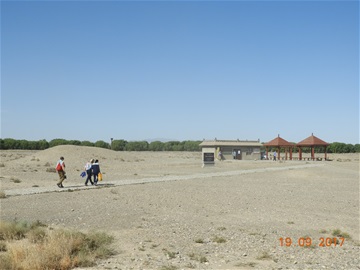
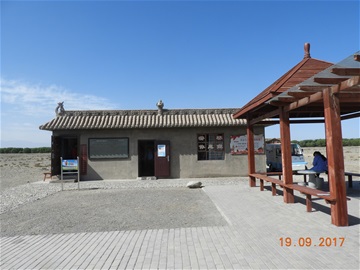
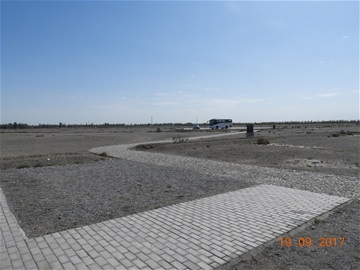
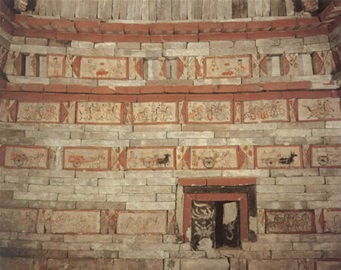

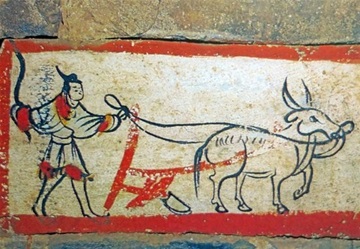

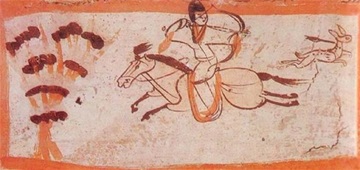
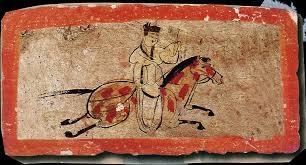
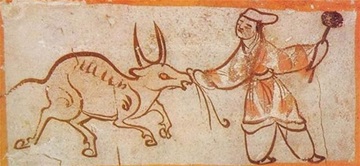
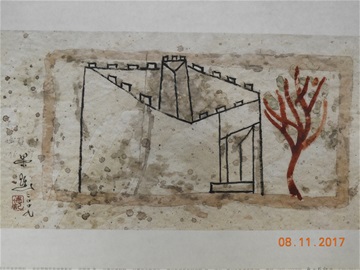
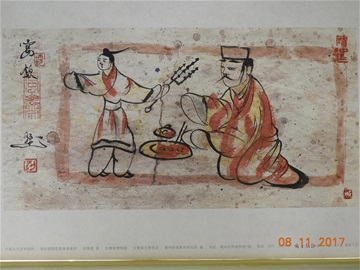
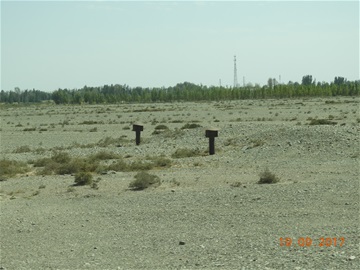
Latest comments